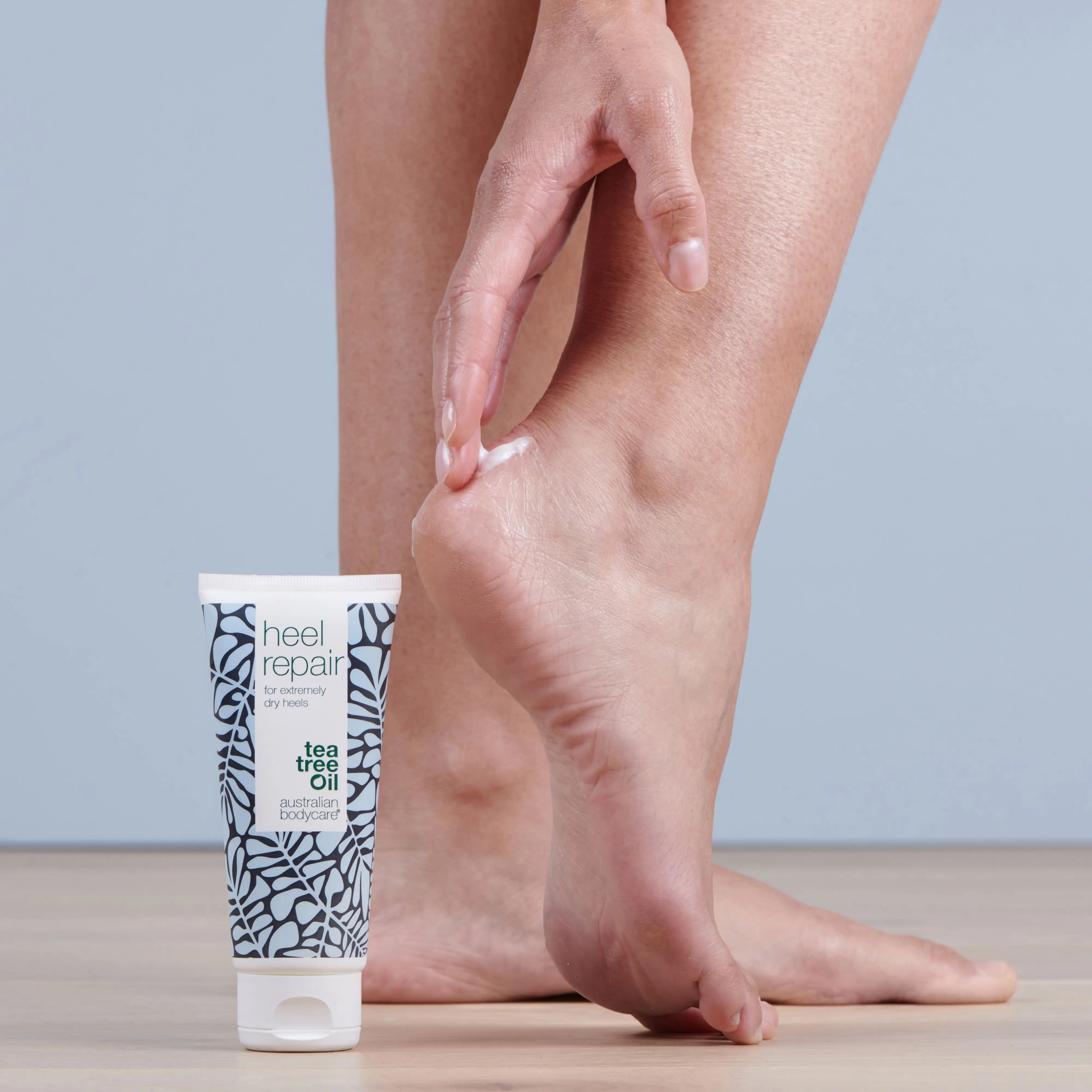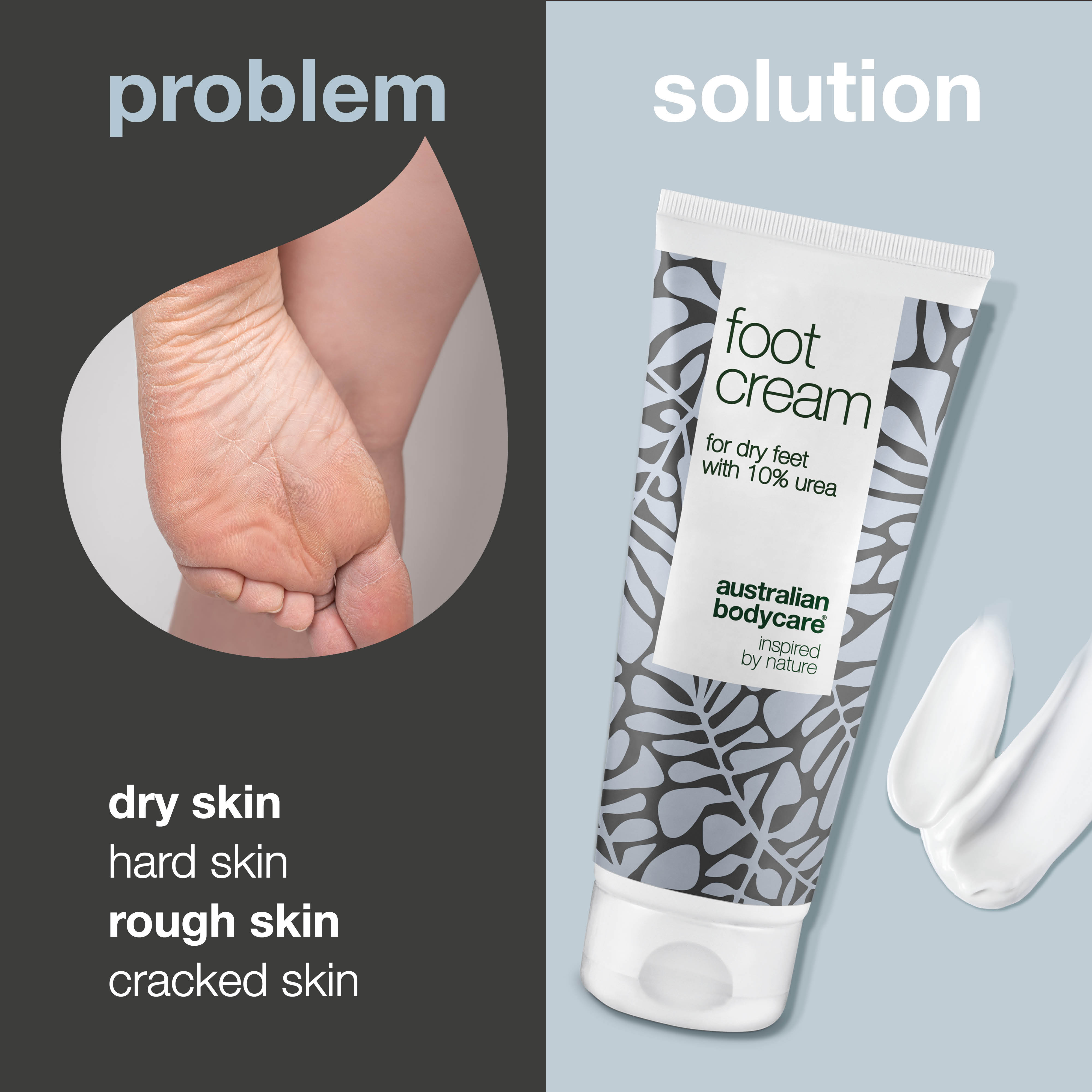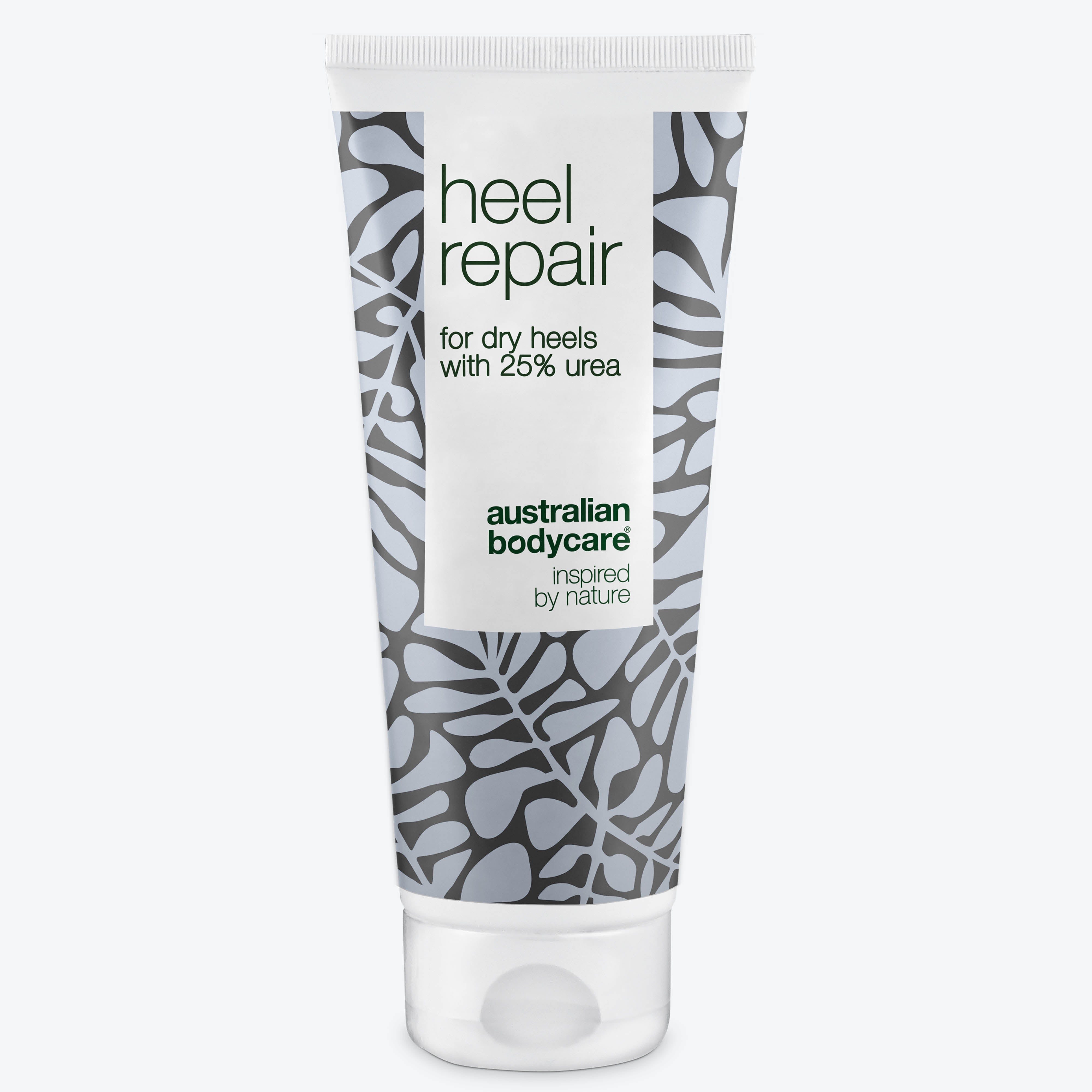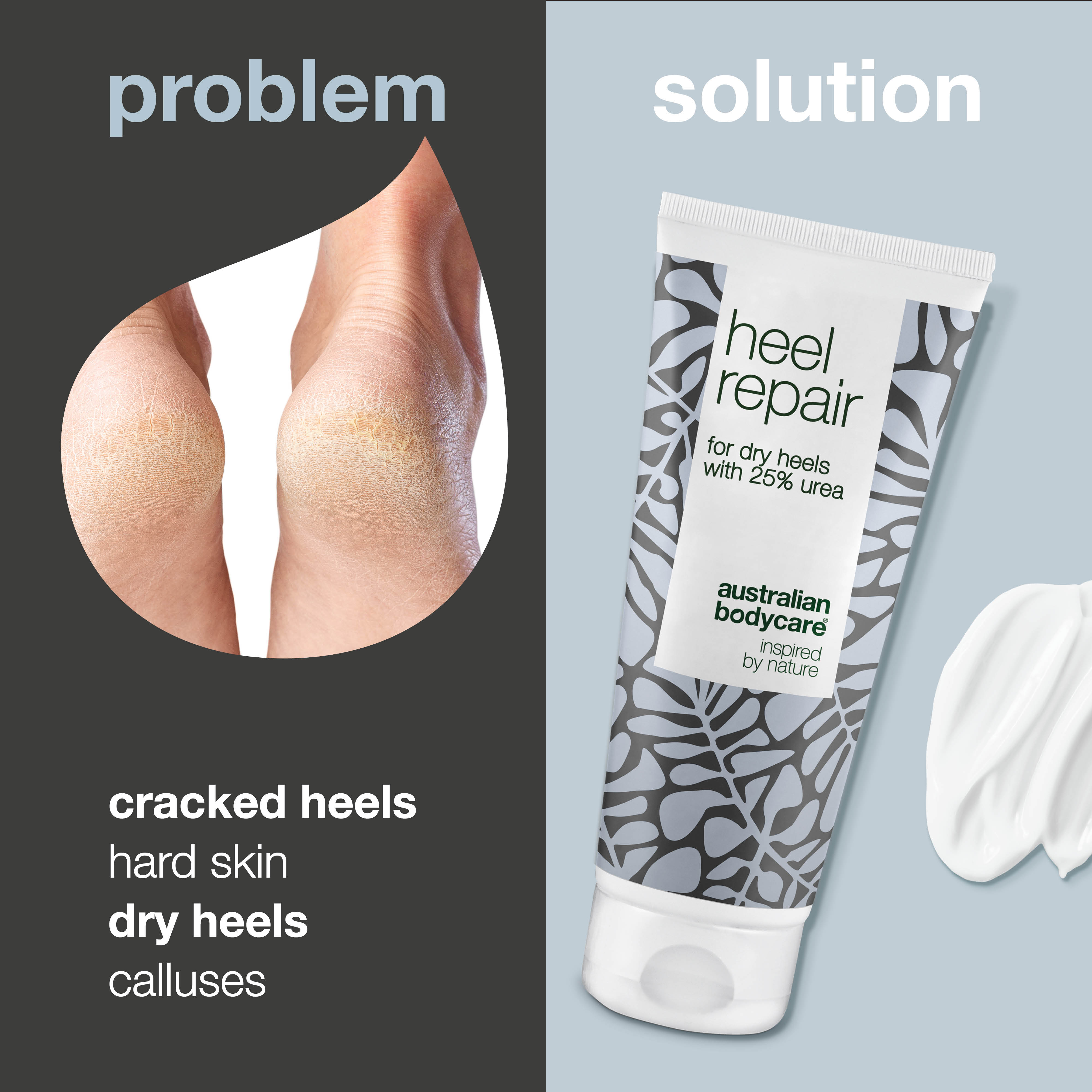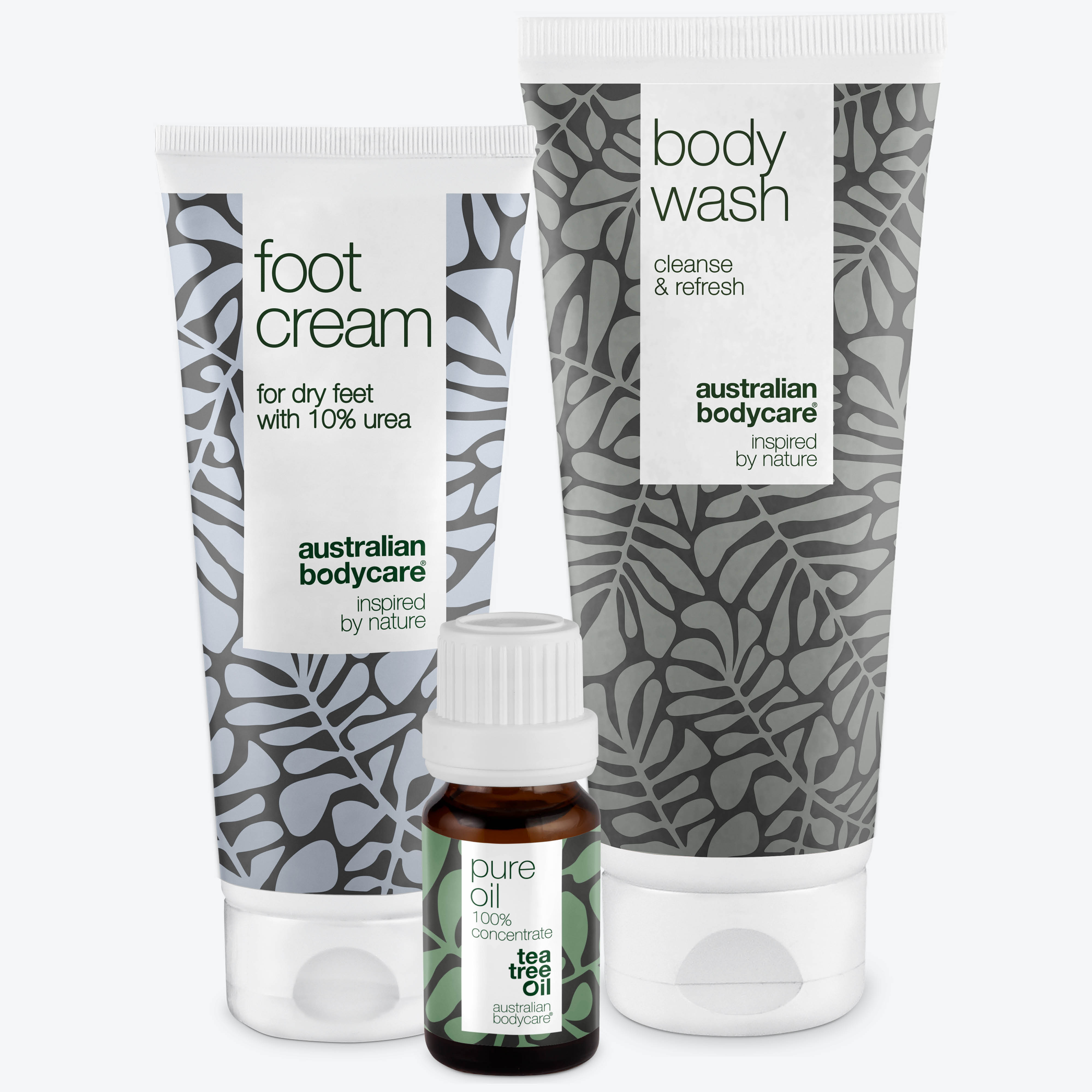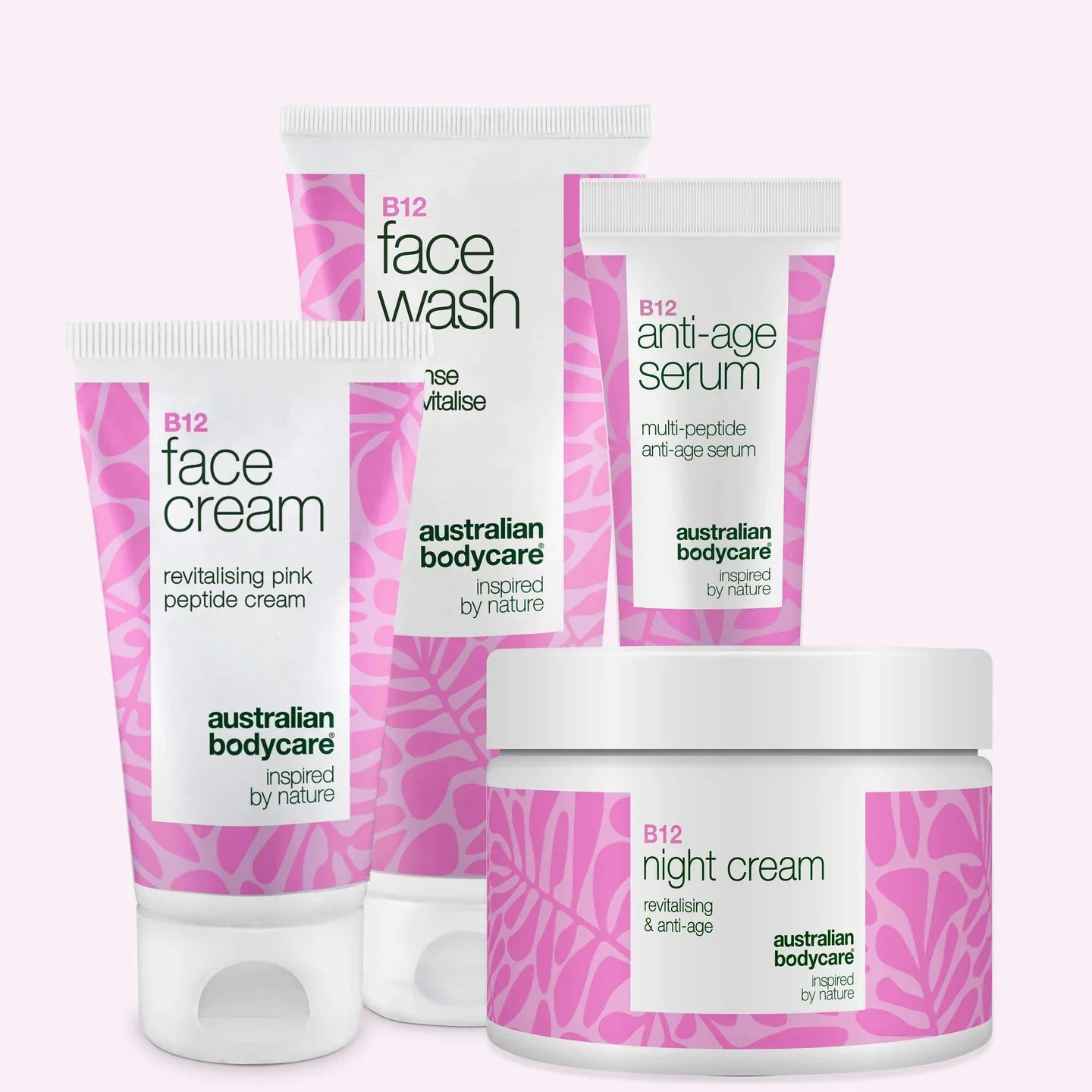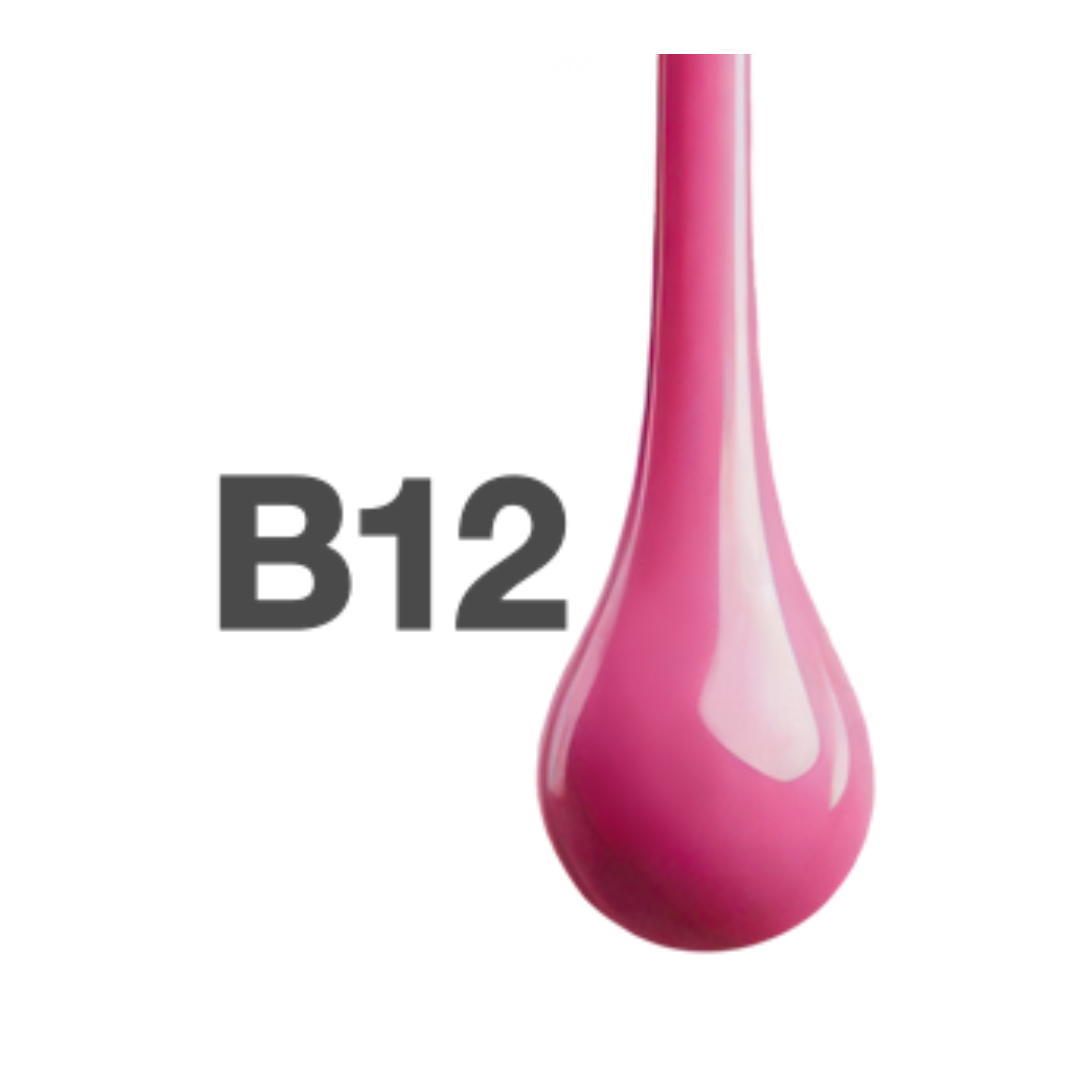Footbath – don’t dry your feet out
Care for your feet is just as important as the care and attention you lavish on your face and the rest of your body. You may think that one of the best things you can do for your feet after a long day is to give them a long, hot footbath.
What few people know is that a footbath dries your feet out, without doing much good. We have some tips about the optimum footbath, and how to avoid drying your feet out.
Table of contents
You know the situation. You come home from work or a quick run, kick your shoes off, and get your feet up. Then your body begins to let you know about the parts that have been under strain and need attention. Your feet may hurt after being confined in a pair of shoes all day and carrying out the many steps involved.
Then a footbath may be very tempting – comfortable and soothing for aching feet, and it is relaxing after they have carried your around through a long day. But really, the traditional long, hot footbath is not very good for your feet. There are several reasons.
Water dries out the skin
First and foremost, water is not good for the skin. When the skin is exposed to heat for a long time – and especially to hot water as in a footbath – it dries the skin out. During a long footbath, the water soaks away the natural, protective fats in the skin and leaves you with dry feet.
If you take a footbath to soften hard skin, then you need to think again, before you pour hot water into a large bowl and settle into your favourite chair. If you use the footbath to soften the hard skin on your feet, and then remove it with a foot file, or pumice stone or similar tools, the long-term effect is precisely the opposite of what you intended. You will simply end up with even more hard skin.
The reason that you get hard skin on your feet is that your feet form hard skin to compensate for pressure, strain and friction. You have probably noticed that if you frequently go about with bare feet in the summer, you get an extra lot of hard skin. Every time you file away at the hard skin, you apply pressure and wear down your feet, so they produce even more hard skin, reacting as if extra protection was needed.
So the hard skin on your feet is the natural response to external pressure on the feet. That is why you particularly need to reduce the strain on the skin, and not increase it by using a foot file after a footbath.
It is not good for your toenails, either, to soak them in hot water for half an hour or more, as they will lose the natural oils that help to keep them healthy.
How to get soft feet
The secret of soft feet is a good cream, and plenty of it. You could use our Foot Cream with the unique combination of active ingredients: 10% urea, 10% shea butter, and natural Tea Tree Oil. This softens dry skin and reduces the formation of new hard skin.
At the same time, the foot cream reduces the likelihood of smelly feet, thanks to the natural Tea Tree Oil. It checks the bacteria that are responsible for forming the unpleasant smell. The way to use foot cream is to massage it into clean, dry feet until it is absorbed. The cream penetrates fast, and leaves the skin on your feet soft.
It is not enough to rub cream into your feet once a week or even less. Your feet must be rubbed with a rich, nourishing cream at least once a day, preferably twice. Rub cream into your feet both in the morning and in the evening – apply a good layer all over your foot, but not between the toes, which can easily get too moist. It is best to keep that area completely dry, to avoid athlete’s foot.
In the morning you can use an ordinary softening and moisturising foot cream to prepare your feet for the day’s work. Then, with your evening foot care, you can use a foot and heel treatment that is more sticky, but will nourish your feet all night, while you are asleep.
It is a very good idea to get into a regular routine, applying cream to your feet every day, and taking extra care of them. Your feet will gradually become more attractive, and you minimise the risk of getting hard skin again.
Cream for cracked heels
If you have rough, cracked heels, we recommend intensive care with Heel Repair. This is a specially developed cream for cracked heels and hard skin. It contains Tea Tree Oil and a high content of Urea – indeed as much as 25%. This means it dissolves the hard skin, making it easier to remove without using force – simply remove the hard skin with a sponge after using the cream. At the same time, the Tea Tree Oil protects the cracks in your heels from bacteria and further damage to your heels.
Apply it twice a day to clean, dry heels. When you have treated the cracks in your heels, it is important to prevent new cracks appearing. Here too, it is a good idea to include applying cream to your heels in your morning and evening routines.
A home-made foot bath
If you want to give your feet a footbath, here is some advice about the best way to do it, without drying out your feet.
- Use lukewarm water.
- Add a few drops of our pure Tea Tree Oils to the water.
- Limit your foot bath to a maximum of ten minutes.
- Do not use foot files, pumice, or anything like that. Use a sponge instead.
- Apply cream before and after the foot bath.
- Avoid footbaths when you have injuries on your feet or cracked heels. Never take a footbath if you are a diabetic.
- Dry your feet thoroughly and dry right in between your toes. Remember to give your feet a good treatment afterwards, e.g. with our Foot Cream
- Use nail oil to restore some of the oil your nails have lost in the footbath.

